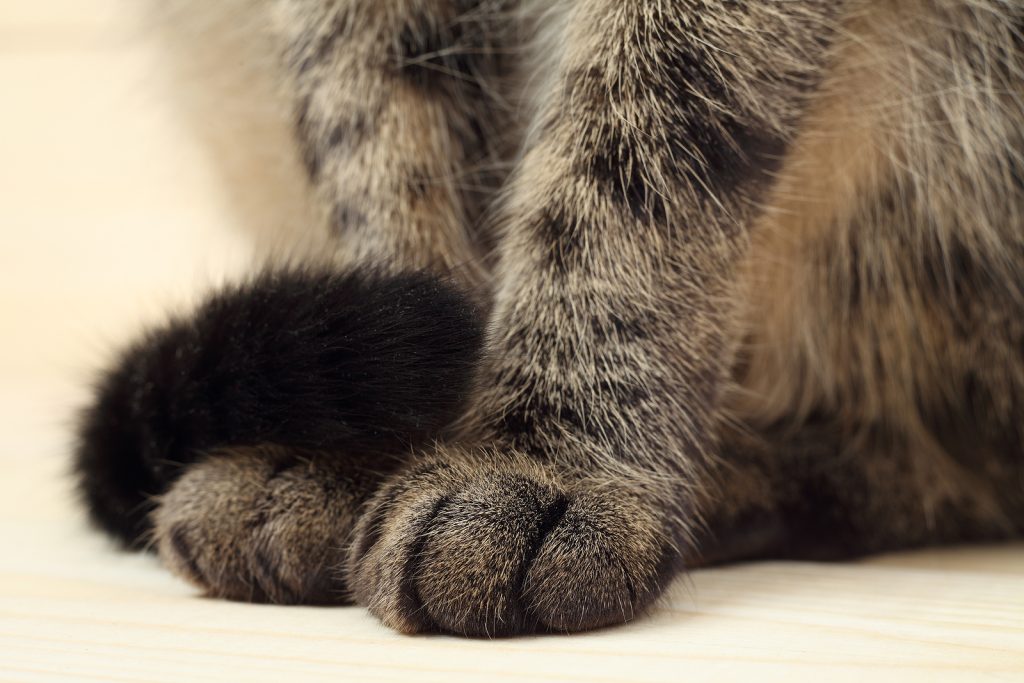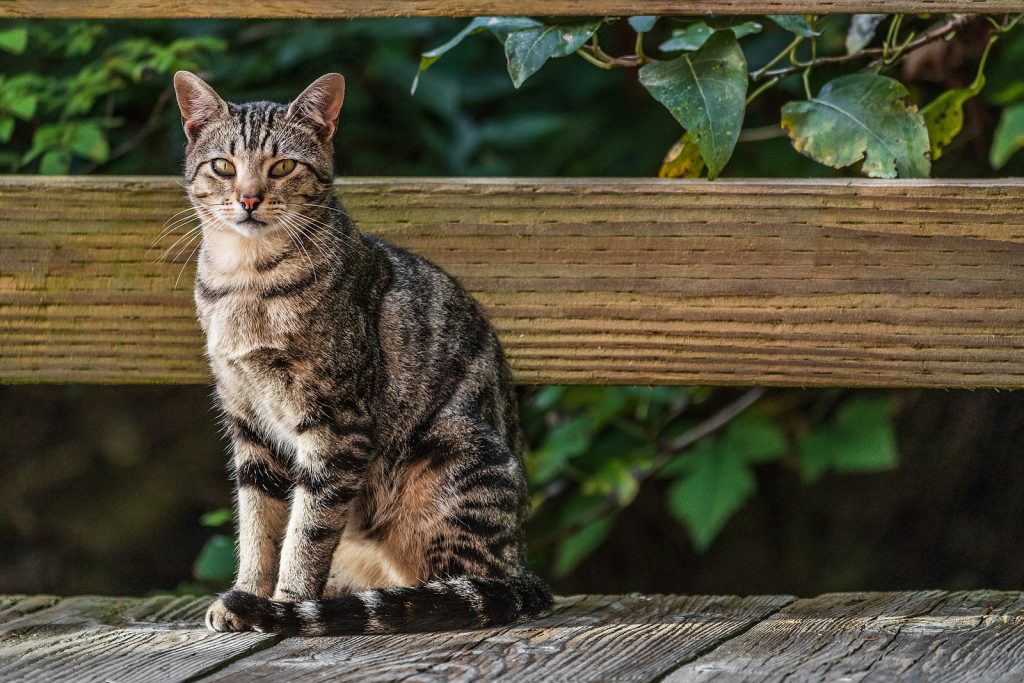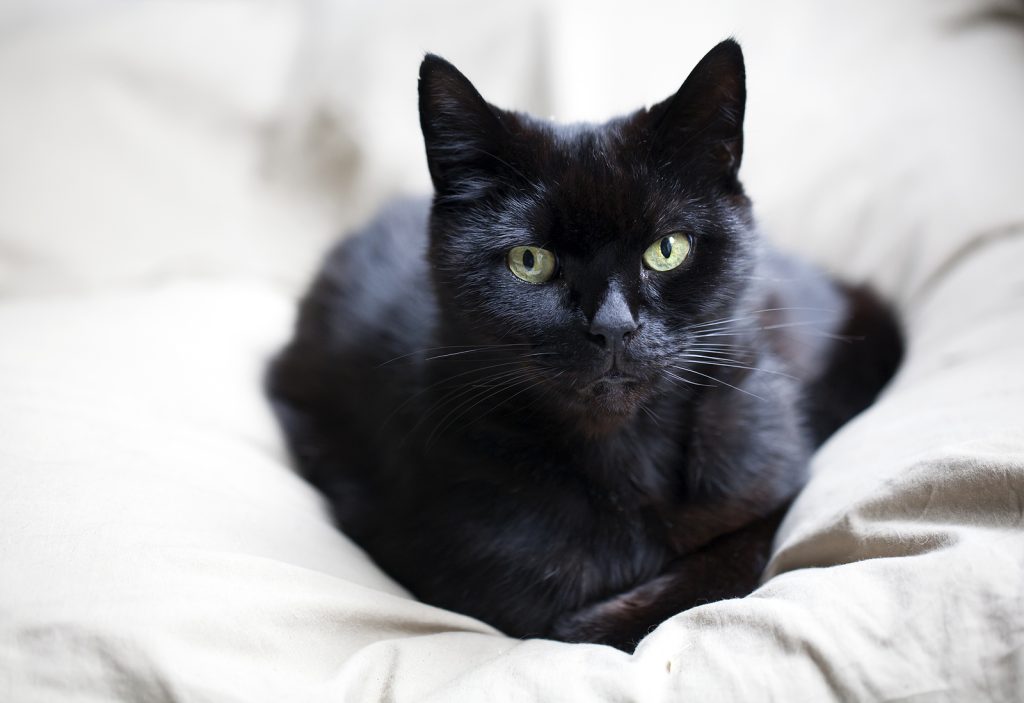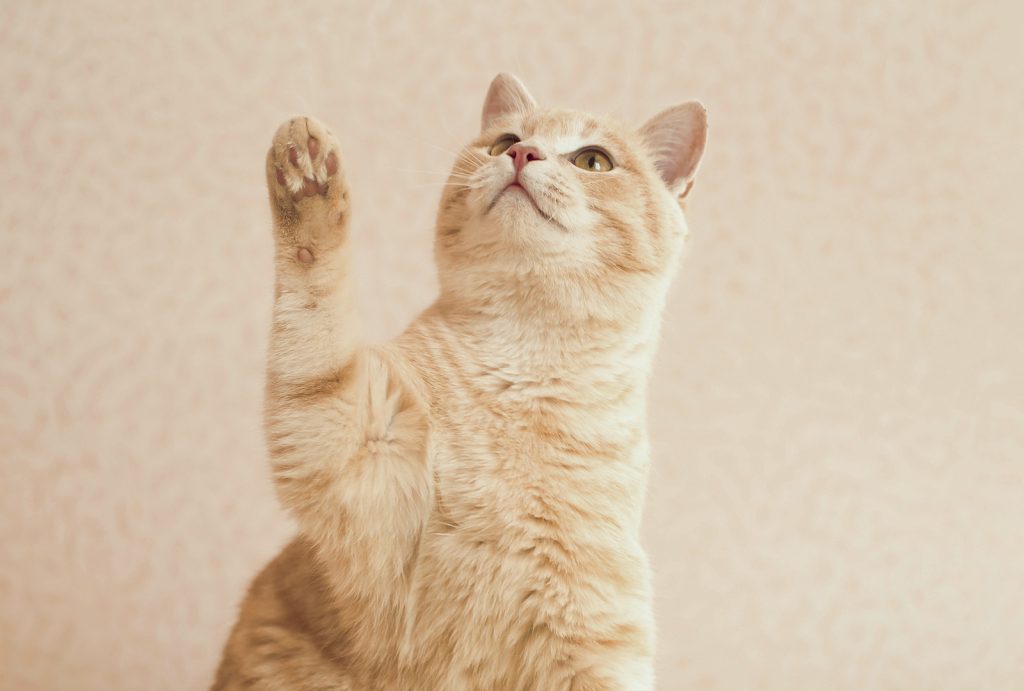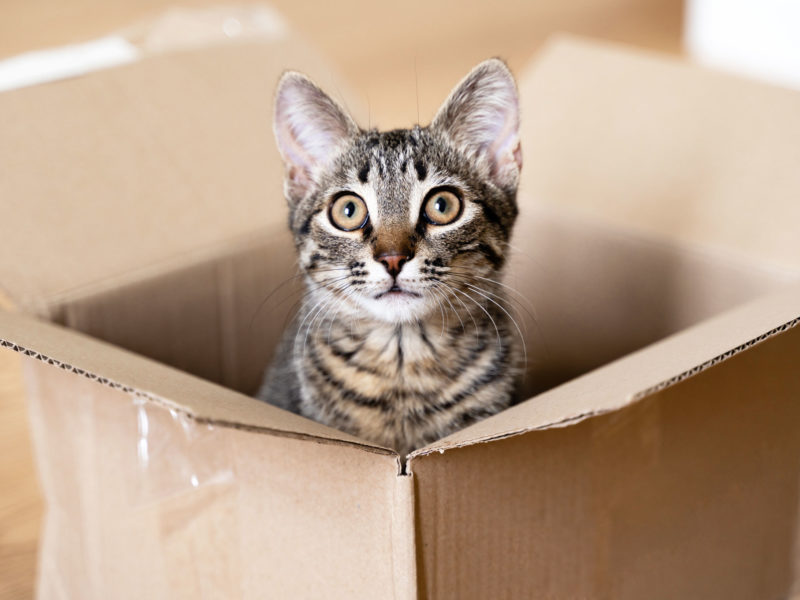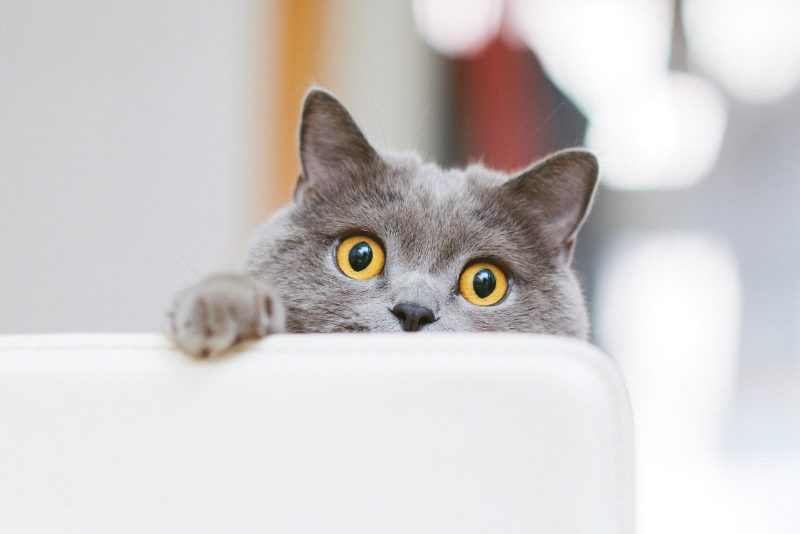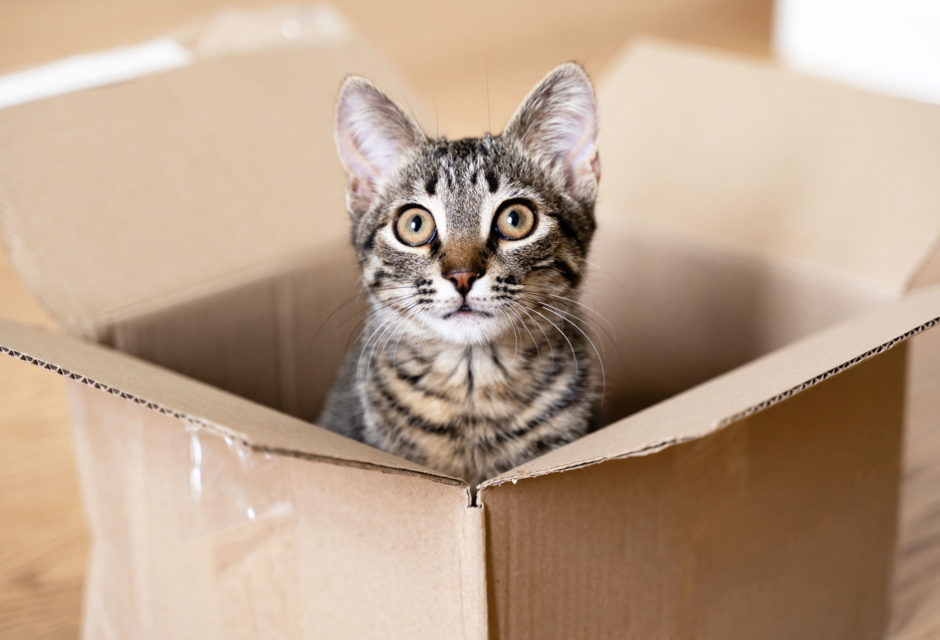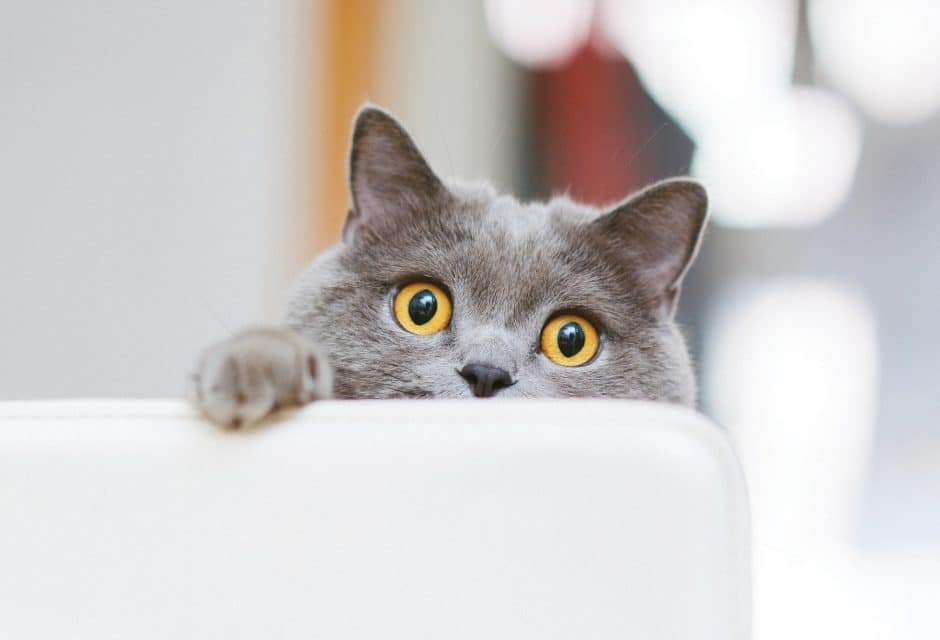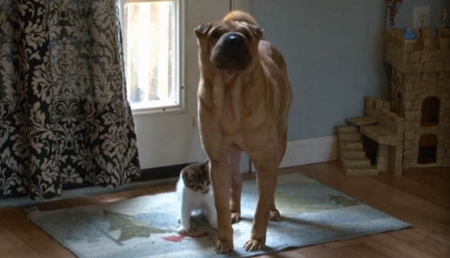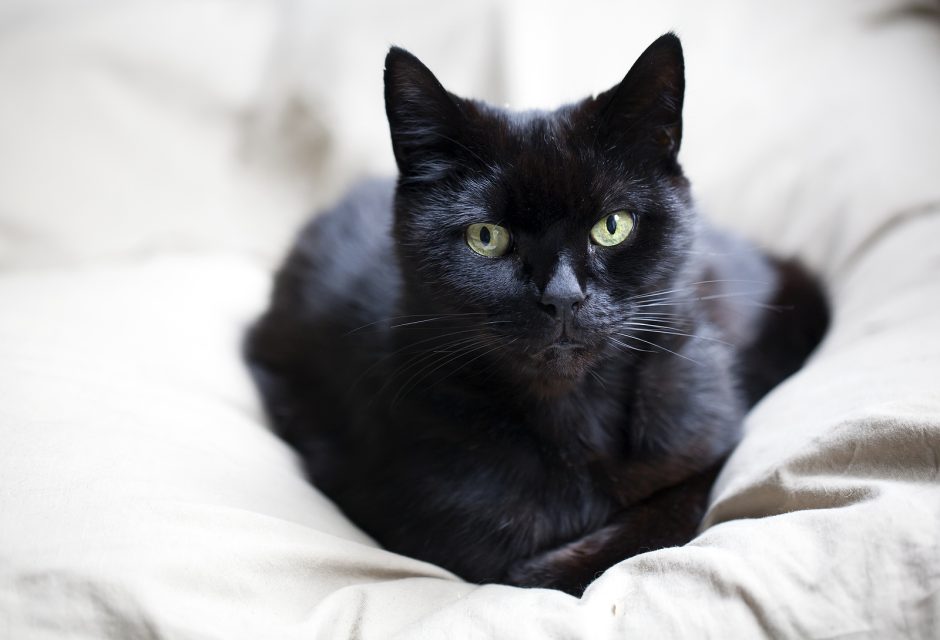
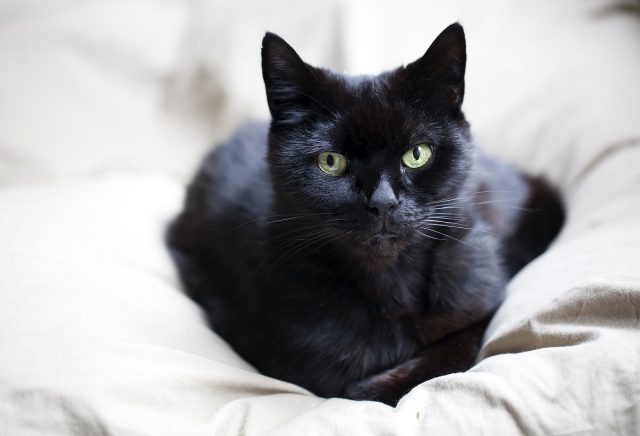
8 Top Cat Myths Exposed
These dangerous myths are harming cats. We've got the facts for you.
There’s a lot of inaccurate information about cats floating around out there, from the silly to the downright dangerous. These eight myths are harming cats and their well-being.
1. Myth: Declawing Your Cat is a Minor Procedure
The Facts: Declawing is an amputation, and the surgery is extremely painful—the procedure is akin to cutting off the tip of your finger down to the first knuckle. In the long term, declawing alters everything, right down to how your cat walks, which in turn causes other physical ailments such as arthritis.
The Bottom Line: Declawing is inhumane and cruel. It essentially cripples a cat, rendering her unable to partake in innate behaviours or defend herself. If your cat is scratching your furniture, with patience and dedication you can train her to scratch on appropriate surfaces. For more eye-opening information on de-clawing, check out the Paw Project (pawproject.org) and get on board to ban this barbaric practice.
2. Myth: Your Cat is Fine Outside
The Facts: Cats are naturally curious creatures, leading people to think “but my cat WANTS to go outside.” In fact, what your cat really wants is stimulation, and all the healthy stimulation a cat needs can be provided in a safe, indoor environment. Providing a variety of toys, dedicated playtime, and a window with a view will keep your indoor cat happy and healthy. Need further convincing? This sobering statistic should do it. According to Dr. Dawn Ruben, outdoor cats have an average life span of 4-5 years, while a full-time indoor cat has an average life span of 12-18 years.
The Bottom Line: You are responsible for your cat’s wellbeing. Your cat will live much, much longer by being indoor-only, in your safe and happy home.
3. Myth: Feral Cats Make Bad Pets
The Facts: Feral cats have adapted to a very stressful life where survival is their only concern. When these special guys are brought into shelters and homes, they are often less social and have higher rates of return because of this. The truth is that feral cats have the same great hearts and outstanding personalities as their domesticated pals, they just need extra time and patience on the part of their new families while they transform into comfortable house cats.
The Bottom Line: Formerly feral cats are the best! They will repay your love, patience, and understanding 1000 times over (minimum) if you just give them the chance. For tips on helping a formerly feral rescue cat adapt to his new home, check out moderncat.com/formerlyferal.
4. Myth: Black Cats are Bad Luck
The Facts: The persistent myths surrounding black cats are tied to superstitions surrounding witches, plagues, and pirates (oh my!). The harmful effect of this seriously outdated thinking is that today, black cats suffer from far lower adoption rates than cats of any other colour; sadly, they are often the last to be adopted and the first to be euthanized.
The Bottom Line: Ebony-coloured cats make amazing companions and are just as deserving of loving forever homes as any other cat. Why not support a black cat rescue in your area, like blackcatrescue.com or share an adoptable black cat through social media?
5. Myth: Cats are Jerks
The Facts: When a cat misbehaves, people are prone to assigning human motivations to the behaviour. It’s important to remember that behaviour is the result of instinct. Your cat isn’t acting like a jerk by peeing outside of her litter box, scratching on your couch or biting at your hand. Her behaviour is telling you that you need to look at the world from her perspective and adjust her environment to accommodate her natural instincts.
The Bottom Line: Cats aren’t jerks! They are not trying to anger you; they need you to make sure they have a home environment that provides appropriate outlets for their natural cat behaviours.
6. Myth: You Can’t Train a Cat
The Facts: Of course you can. In the same way that you can train yourself to wake up to an alarm, a cat can be trained to perform a wide range of tasks. From relatively simple things like staying off the counter or using a scratching post, to pretty amazing choreographed performances like the ones the Amazing Acro Cats demonstrate (do yourself a favour and check out circuscats.com), training a cat is absolutely possible. Some cats are very food motivated and can be trained to do certain things for the promise of a treat. Others are socially motivated and will do anything for a pet or some love. Figure out which works for your cat and give it a try!
The Bottom Line: Training a cat is not only possible, but it is also an essential part of a harmonious life with feline friends.
7. Myth: Cats are a Low-Maintenance Pet
The Facts: While cats may not need to go for walks and seem to sleep an awful lot, they require your time and attention to be happy and healthy. Daily play and stimulation are essential for feline health; Pam Johnson-Bennett, author of Think Like a Cat, recommends scheduling a minimum of one or two play sessions a day, each about 15 minutes long. These sessions fulfill your cat’s instinct to hunt and are a perfect way to bond with your cat.
The Bottom Line: Cats require daily stimulation and attention to live happy and healthy lives. Be sure to schedule daily play sessions to keep her active and engaged.
8. Myth: Cats Think Like Humans
The Facts: A cat is a cat. We need to think like a cat, and not ascribe human emotions to them. It’s important to remember that cats have strong instincts that determine how they act, and we need to accommodate their needs. They’ll be happier, and so will you. Taking the time to understand your cat’s behaviour will create a better bond with your best bud.
The Bottom Line: Cats have their own way of viewing the world—we need to get better at understanding their world so that we can live more harmonious lives together.
Join the newsletter and never miss out on cat content again!
"*" indicates required fields
By clicking the arrow, you agree to our web Terms of Use and Privacy & Cookie Policy. Easy unsubscribe links are provided in every email.





